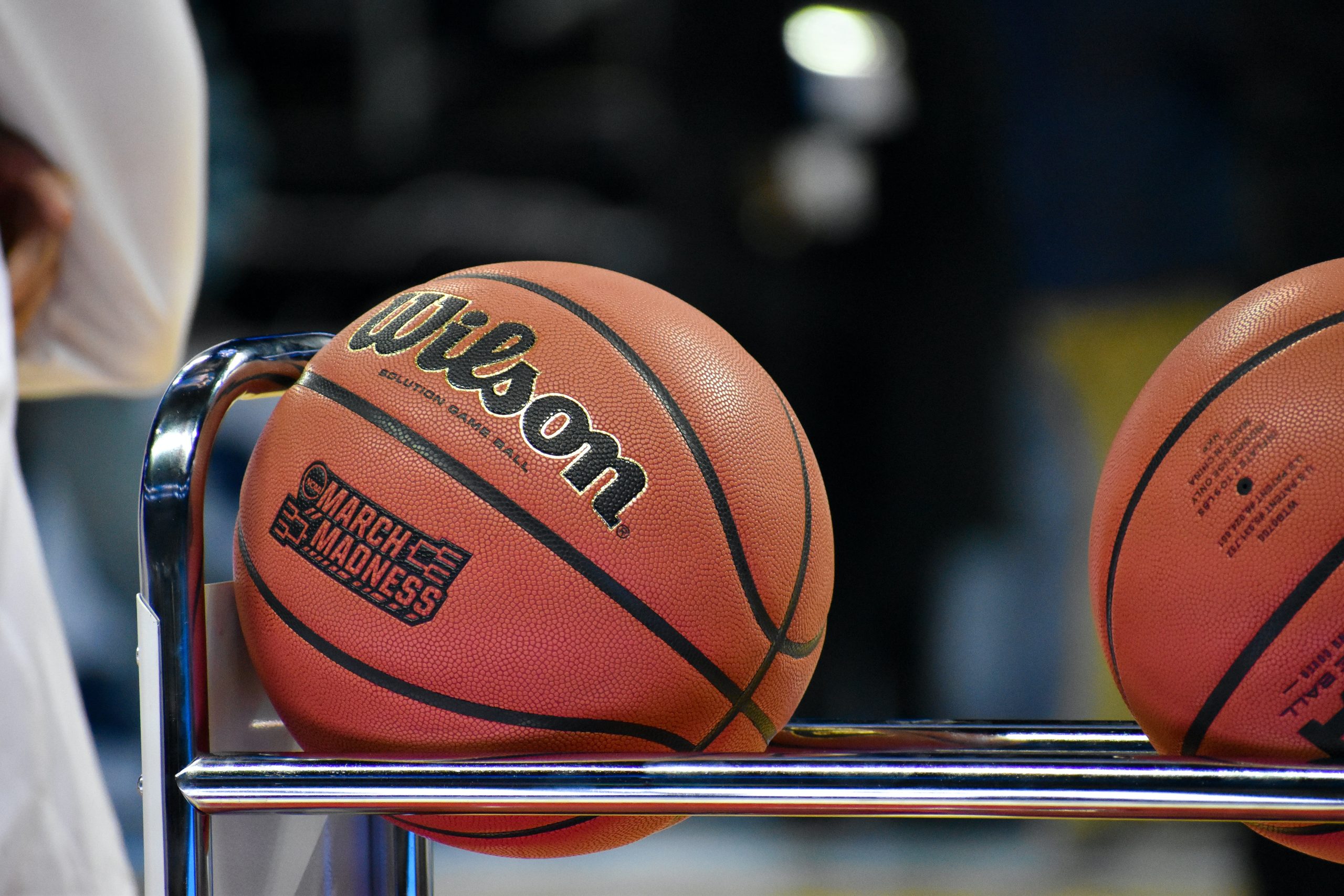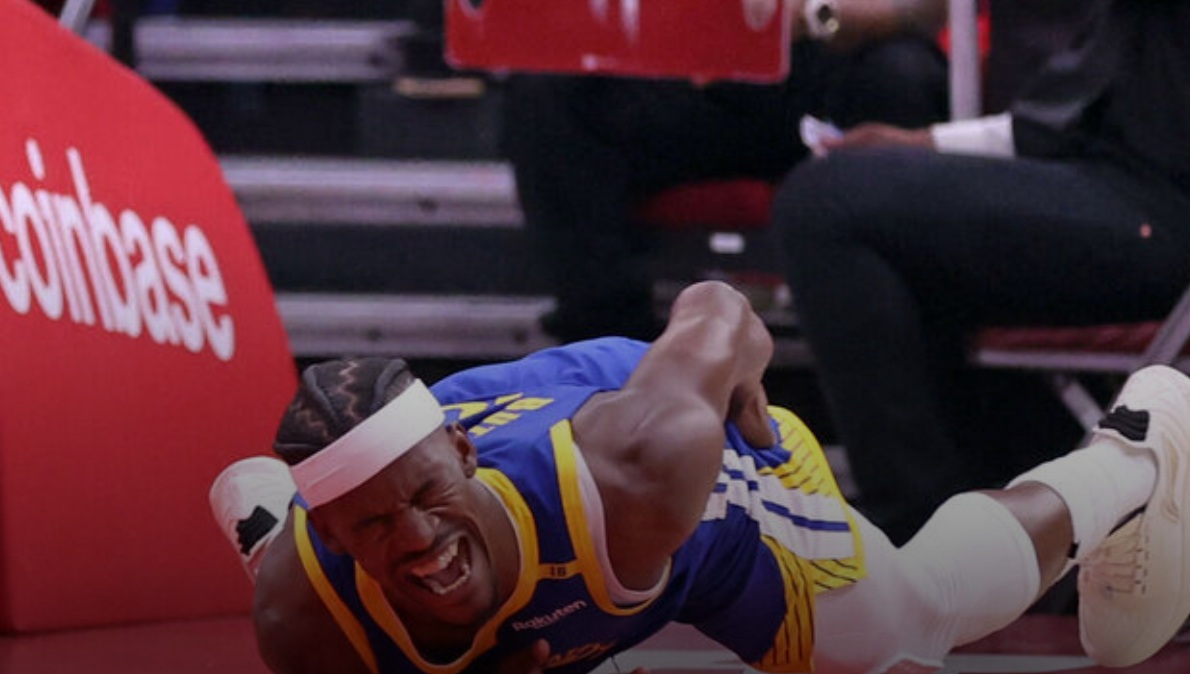In the lives of children, sports and physical activities play a crucial role. They promote physical health, teach teamwork, and build character. However, the benefits of sports extend beyond physical fitness. With the right strategies, sports can also enhance mental stimulation and understanding of core STEM (Science, Technology, Engineering, and Mathematics) concepts. Integrating sports with STEM education can create a dynamic learning environment where children can apply theoretical knowledge in practical, real-world situations. This approach not only makes learning more engaging but also helps in developing a holistic skill set.
Here are some ways you can combine sports and STEM and enable children to excel in all fields:
Certain sports enable students to apply scientific theories in real-world situations. Track and field events, for example, offer an excellent opportunity to explore principles of physics such as force, motion, and energy. When students analyze the biomechanics of running, they learn about the forces acting on the body, the energy transformations during movement, and the efficiency of different running techniques. Similarly, studying the aerodynamics of a javelin throw helps students understand concepts like drag, lift, and projectile motion.
Practical activities can include measuring the time it takes for an object to travel a certain distance, calculating speeds, and examining how different surfaces affect motion. These exercises help students see the direct application of physics in sports, making abstract concepts more tangible and relatable.
Parents and instructors should take advantage of current events, such as the Paris 2024 Olympics, to motivate children to participate in these sports. For instance, this year, you can organize some summer Olympics STEM activities inspired by the summer Olympic games for them, which can include all of the activities discussed above.
Sports provide a rich source of statistical data that can be utilized in math lessons. Analyzing player statistics, game scores, and performance metrics helps students understand mathematical concepts like averages, percentages, and probability. For example, calculating a baseball player’s batting average or a basketball player’s shooting percentage can make abstract math concepts more concrete.
Engaging students with real-world data from sports can also enhance their analytical skills. They can learn how to collect data, organize it, and interpret it to make informed decisions. This approach not only improves their math skills but also makes the learning process more interactive and enjoyable.
Engineering projects that focus on sports equipment can provide hands-on learning experiences. Students can explore the design and functionality of various sports gear, such as bicycles, footballs, or tennis rackets. By examining the materials used and the engineering principles behind these items, students gain insights into materials science, mechanics, and design.
For instance, a project could involve designing a more aerodynamic football or creating a lightweight, durable bicycle frame. These projects encourage problem-solving, critical thinking, and creativity. Students learn to apply engineering concepts to create practical solutions, making STEM learning more relevant and engaging.
Technology plays an integral role in modern sports. Introducing students to technologies used in sports, such as wearable fitness trackers, instant replay systems, and virtual reality training tools, can provide a practical understanding of technology and its applications. For example, students can learn how sensors in fitness trackers monitor heart rate, steps, and other vital statistics.
Exploring these technologies can inspire students to think about how they can innovate and improve sports equipment and training methods. It also shows the intersection of technology with sports, highlighting potential career paths in sports engineering and technology.
Outdoor sports can serve as a valuable entry point for learning about environmental science. Activities like hiking and nature scavenger hunts can teach children about ecosystems, wildlife, and environmental conservation. For instance, a hike can become a lesson on plant and animal species, the water cycle, and the importance of biodiversity.
Students can engage in projects that involve mapping trails, identifying various flora and fauna, and understanding the impact of human activities on natural habitats. These activities emphasize the importance of maintaining a healthy environment for sports and recreation. They also instill a sense of responsibility towards preserving nature, linking physical activity with environmental stewardship.
Conducting sports science experiments is a hands-on way to blend sports with STEM education. Students can measure heart rates before and after exercise, test reaction times, or analyze the nutritional impacts on athletic performance. These experiments provide practical insights into human physiology and the science of sports.
For example, a project could involve comparing the effectiveness of different warm-up routines by measuring muscle performance and flexibility. Another experiment might analyze how hydration levels affect endurance. Such activities reinforce scientific principles and encourage students to adopt a scientific approach to understanding sports and health.
Interdisciplinary projects that combine sports with various STEM fields offer a comprehensive learning experience. For example, a project on the biomechanics of swimming could include elements of biology (human anatomy), physics (fluid dynamics), and technology (swimming aids and sensors). Such projects encourage holistic thinking and application of knowledge across different domains.
Students could work on designing a more efficient swim stroke by analyzing the mechanics of movement and the resistance of water. They could also explore how different swimwear materials affect performance. These projects provide a well-rounded understanding of how various STEM disciplines contribute to sports, fostering a deeper appreciation and knowledge of both fields.
Conclusion
Combining sports with STEM education creates an engaging and practical learning environment where theoretical knowledge is applied in real-world scenarios. By integrating sports and STEM, educators can foster a well-rounded education that prepares children for both academic and personal success. This integration enhances physical fitness and teamwork while promoting critical thinking, problem-solving, and technological literacy. Through these innovative strategies, students can experience the best of both worlds, gaining the skills and knowledge they need to thrive in a rapidly evolving society.
You can view the original article HERE.



























:quality(85):upscale()/2025/04/24/028/n/1922729/dc9ea6f8680acc051f62a1.12698264_.jpg)

:quality(85):upscale()/2025/04/24/716/n/1922564/e236aec9680a629bacc5a1.57534120_.png)
